#crystals in ancient egypt
Text
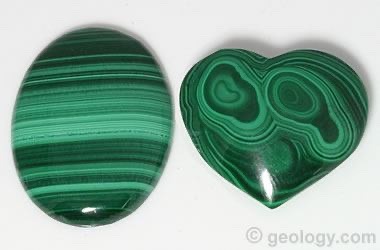
Malachite
The color green was associated with life and vegetation. Which is why malachite represented new life and fertility in Ancient Egypt, due to its rich green color. Malachite white was most predominantly found around the Sinai peninsula and the eastern desert, which associated it with Hathor as the patron of miners.
This was commonly used to make paint pigments and eyeshadow (Udju).
When it came to makeup, the malachite and galena were crushed and mixed with gum or water to make a paste, it was then applied over the eyelid and underneath the brow bone. Makeup had its own protective qualities to it, as it was thought to help ward off evil, flies, and the harsh rays of the eyes; which is why it was worn by both men and women in Ancient Egypt.
As for paints, Osiris, for example, was almost always depicted as green or black- both colors representing the fertility of the Nile and thoughts about the afterlife. The malachite mixture was used to paint on the walls of the tombs and temples. For the elite, this was used to paint coffins to symbolize the life after death.
Main properties: life, vegetation.
Main usage: pains, makeup.
Associated with: Osiris, Hathor.
Found: Siani peninsula, eastern desert.
Image: https://geology.com/minerals/malachite.shtml
About Malachite. (2021, June 14). Mama’s Minerals. https://www.mamasminerals.com/blogs/mamas-minerals-blog/about-malachite/
Chris, & Chris. (2017, March 3). Missed Connections: Malachite and the Ancient Egyptians | BEYONDBones. BEYONDbones. https://blog.hmns.org/2017/02/missed-connections-malachite-and-the-ancient-egyptians/
Plante, A. (2019, August 5). Malachite: Eternal paradise in shades of green. Market Square Jewelers. https://www.marketsquarejewelers.com/blogs/msj-handbook/malachite-history-properties-symbolism#:~:text=Malachite%20has%20been%20used%20by,the%20%E2%80%9CField%20of%20Malachite%E2%80%9D.
The Global Egyptian Museum | Malachite. (n.d.).
https://www.globalegyptianmuseum.org/glossary.aspx?id=232
Ucl. (2019, March 6). Colours of Ancient Egypt – green | UCL Researchers in Museums. https://blogs.ucl.ac.uk/researchers-in-museums/2019/03/06/colours-of-ancient-egypt-green/
Wikipedia contributors. (2023, August 13). Beauty and cosmetics in ancient Egypt. Wikipedia. https://en.wikipedia.org/wiki/Beauty_and_cosmetics_in_ancient_Egypt#:~:text=The%20two%20main%20forms%20of,galena%2C%20a%20dark%20grey%20ore
#kemetic#kemetic paganism#kemetism#ancient egypt#egyptian mythology#ancient kemet#pagan#paganism#malachite#stones#crystals#ancient history#osiris#hathor#asar#hetheru#life#fertility#stones in ancient egypt#crystals in ancient egypt#sinai peninsula#ancient egyptian history#mythology#kemetic spirituality#spirituality#offerings#offering to pagan gods#egyptian gods#netjeru
16 notes
·
View notes
Text
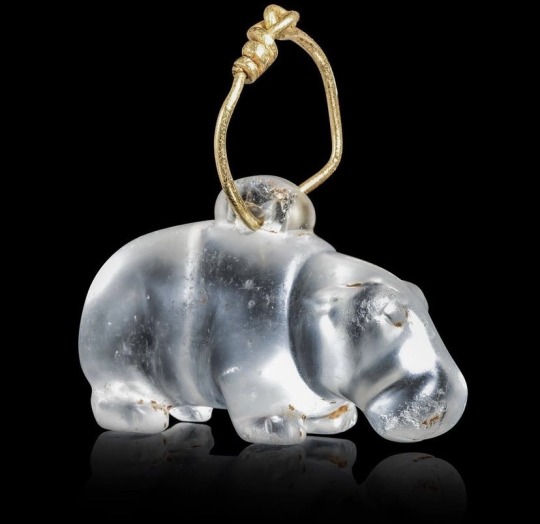
An Egyptian rock crystal of a chonky hinpopotamus amulet
(Middle Kingdom, ca. 2050-1650 BCE)
Amulets were worn by ancient Egyptians for their protective and regenative properties. Used in both in daily life and during funerary rites, amulets represented animals, deities, symbols or objects thought to possess the magical powers of warding off evil spirits.
As animals were popular representations, the hippopotamus was known for its apotropaic (e.g. ability to avert bad luck) qualities and was associated with rebirth.
#art#archaeology#sculpture#ancient#ancient art#ancient egypt#amulet#hippopotamus#apotropaic#egyptian art#egyptology#kemetic#ancient kemet#rock crystal#geology#ancient jewelry#jewelry
3K notes
·
View notes
Text

#the world needs to know that 'cow house' and 'alphabet' are etymologically synonyms#the alphabet also made by people acquiring blue crystals in the middle of the desert!#(caananite turquoise miners in ancient egypt)#gotta love the inherent synchronicity of the human experience#brba#breaking bad#linguistics#etymology
76 notes
·
View notes
Photo

Scarab - rock crystal - Egypt - Late Period, c 664-332 BCE
112 notes
·
View notes
Text
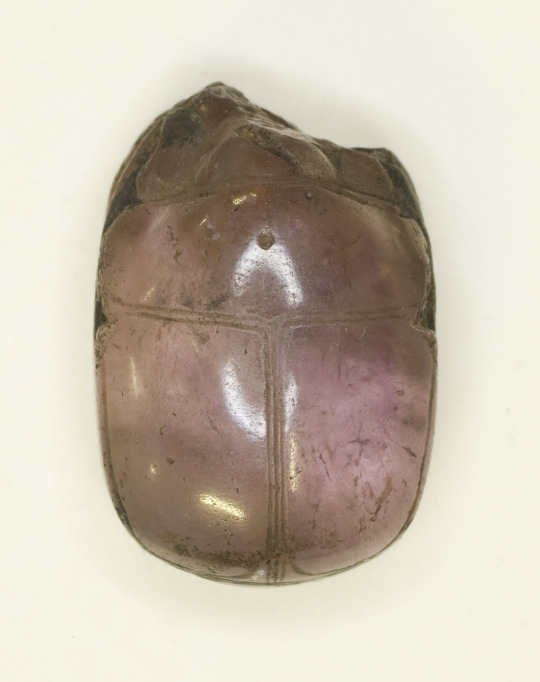
amythest scarab beetle from egypt's middle kingdom, c. 1985-1773 b.c.
13 notes
·
View notes
Text

do u understand that you’re a mystix in the breeze
the fishes in the deep seas
ya fall w/ the falling leaves
& grow w/flowers in spring
the summertime you’re shining
7/25/23
Post #1
#poetic#writer#poetsandwriters#gifted#septum piercing#black men#black man#stretched ears#ear stretchers#ancient egypt#alien#ancient aliens#ankh#crystals#Atlantean#lemurian#starseed#andromeda
4 notes
·
View notes
Text
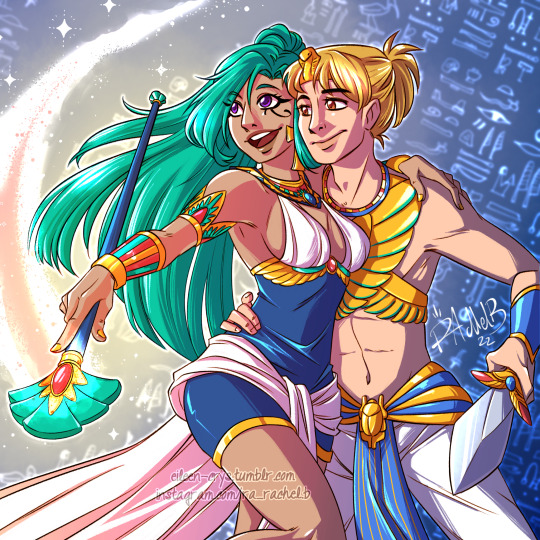
Crystal and Ryan 💕
Lately I've been working a lot on my original story and redesigning my OCs (stuggling a bit more with the plot hahah) and I really wanted to make a drawing with the main pairing 💖 Crystal can use the powers of the goddess Isis, while Ryan's deity is Ra! I look forward to write a wholesome established relationship between them 🥰
I hope you'll like this artwork! And if you have any questions about my OCs feel free to ask 💜💜💜
#rachelb's art#original character#oc#ocs#original characters#oc: crystal#oc: ryan#ancient egypt#egyptian mythology#egyptian inspired#fantasy#urban fantasy#couple#love#power couple#digital art#idk what to tag this anymore lol
12 notes
·
View notes
Text
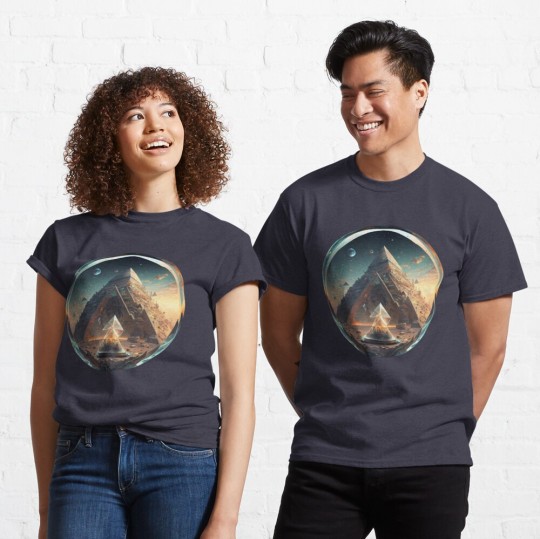
#mythical pyramid beautiful#crystal ball#egypt#eye#illuminati#egyptian#ancient#symbol#cool#horus#spiritual#moon#magic#mythology#witch
0 notes
Text

#cleopatra#egyptian jewelry#egyptian antiquities#ancient egypt#egypt#egyptian royalty#eqyptian architecture#egyptian aesthetic#queen of egypt#egyptian art#egyptian#gold jewelry#gold#scarab#scarab jewelry#khepera#khepera jewelry#opal#opal crystal#egyptian pharaoh#egyptian pyramids
1 note
·
View note
Text
Crystals for Mental Well-being: Balancing the Mind, Restoring the Spirit

View On WordPress
#affirmations#ancient greece#aura#aura cleaning#chakras#cleansing#crystal#Crystal therapy#crystals#Crystals for mental health#dailyprompt#egypt#emotion#emotional#energy#energy field#healing#healing stones#history#jewelry#meditation#mental#mental health#mindfulness#personal growth#rituals#self-care#stones#tarot#therapy
1 note
·
View note
Text
Everything You Need to Know About Crystals: Moonstone (White)
Moonstone (The Sacred Stone of the Moon)
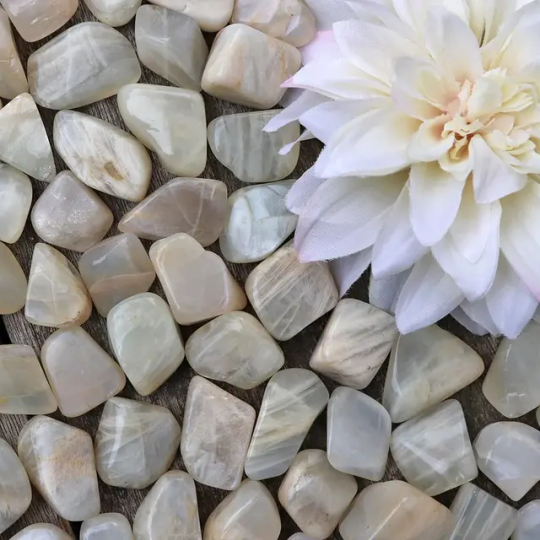
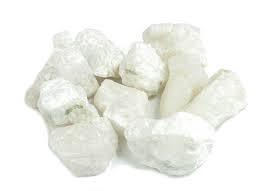

Color: White, cream, yellow, blue, green
Rarity: Easy to obtain
Hardiness: 6.5
Type: Oligoclase/ Feldspar
Chakra Association: Brow, Heart, Root, Third Eye, Sacral, Solar Plexus
Deities: All Lunar Deities, Diana, Selene, Artemis, Isis, Chandra
Birthstone: June
Astrological Signs: Cancer
Element: Water
Planet: Moon
Origin: Australia, India, Myanmar, Sri Lanka, USA
Powers: Femininity, Calmness, Balance, Luck, Intuition, Healing, Sensual, Patience, Reproductive Health
Crystals It Works Well With: Aquamarine, garnet, pearl
How It is Created: Moonstone is a type of feldspar composed of potassium aluminum silicate. It can be found in a number of colors, but all examples demonstrate a particular sheen known as labradorescence; an effect also found in labradorite and blue moonstone. Labradorescence is a light effect caused by parallel hairlike structures laid down within the crystal matrix, which reflect light back and forth, creating different-colored effects, including blue, yellow, silvery gray, and white.
History: Moonstone is the sacred stone of India. During the earliest traditions, the gem was said to have been embedded in the forehead of Ganesh, the four-handed god of the moon, since the beginning of time. It was written in Hindu mythology that moonstone is made from moonbeams, thus its luster.
The magnificent gem is never displayed outside for sale unless placed on a yellow cloth, as yellow is a sacred color. According to other legends, Moonstone can give gifts of prophecy and clairvoyance to the wearer. It could also clear the mind for the wearer to welcome wisdom. But to unlock this ability, Moonstone must be placed in their mouths during the full moon. Since ancient Egypt it is considered as a spiritual stone as it is seen as the gem of protection for night travelers.
Since Moonstone looks a lot like the moonshine, ancient Romans believed that it was formed from moonlight. If you look at the gem closely, you’ll see a dance of light that lurks on the insides of the gem. Ancient Greeks merged the names of the goddess of love (Aphrodite) and the goddess of the moon (Selene) and christened Moonstone as “Aphroselene”. While the Romans believed that the gem exhibits the image of their moon goddess, Diana.
It is also known as an aphrodisiac and when worn by two people, they will fall passionately in love when the moon is high. Moonstone was once called the “Travelers Stone” as it is said to protect those who travel at night, especially at sea.
What It Can Do:
When worn, can attract true love and arouse passion
If you give your lover a moonstone during the full moon, there will be passion between you always
Can settle disagreements and return things to peaceful status
Sewn into garments can enhance fertility
Wearing moonstone protects sensitive emotions
Enhances divination, prophetic dreams and prevents nightmares
Great for meditation and scrying
Represents yin and attracts peaceful energy
Protects travelers at night and by sea
Considered good luck
Balances male-female energies and aids men who want to get in touch with their feminine side
Affects the female reproductive cycle and alleviates menstrual-related diseases and tensions
Helps with digestive and reproductive systems, assimilates nutrients, eliminates toxins and fluid retention, and alleviates degenerative conditions of the skin, hair, eyes and fleshy organs such as the liver and pancreas.
How to Get the Best Out Of: Wear as a ring or place on the appropriate body part, would recommend the forehead, for spiritual experiences, and solar plexus or heart for emotions. Women may need to remove Moonstone at full moon.
How to Cleanse and Charge: Moonstone is relatively soft stone, 6 on the Mohs scale, so it should be handled with care as it can be easily scratched or crushed. Moonstone should be stored separate from other jewelry in its own soft bag or lined box and should not be worn while performing strenuous tasks that could result in it getting bumped or scratched. It can be cleaned with plain water and a soft cloth. If it gets scratched, take it to a jeweler to have it polished out.
Charge your moonstone in the light of the waxing moon and keep it out of direct sunlight.
Crystal Grid: N/A Couldn't find one that wasn't too complex @_@
Sources
#moonstone#witchblr#witch community#witchcraft#occulltism#paganblr#gemstone#crystal witch#crystals#witchcraft 101#witchcraft resources#geology#lunar#lunar witch#nature#geology rocks#rocks#samhain
300 notes
·
View notes
Text
Carnelian was thought to be a stone of protection in Ancient Egypt. This was commonly implemented in scarabs or made into jewelry pieces to help ward off evil spirits.
There have been Bes amulets, pendents and tailsman found dedicated to him. Bes was a daemon associated to help ward off evil spirits.
The Tyet, also known as the Knot of Isis, is also a powerful symbol that was often made out of stones like carnelian, red jasper and/or red glass. The red stones were said to protect the dead and would drive away those who would commit crimes against them. The Tyet was also made out of green faience, too, though, and this was to symbolize the renewal of life.
Carnelian has been associated with Re, his solar disk, the Eye of Horus, and with the fire aspect of certain gods like Sakhmet and Wepset.
Other sources speculate carnelian was to help with courage, vitality and was linked to royalty. While these other sources are conflicting the most agreed upon representation of this stone seems to be of protection.
Image from: https://geologyscience.com/gemstone/carnelian/?amp
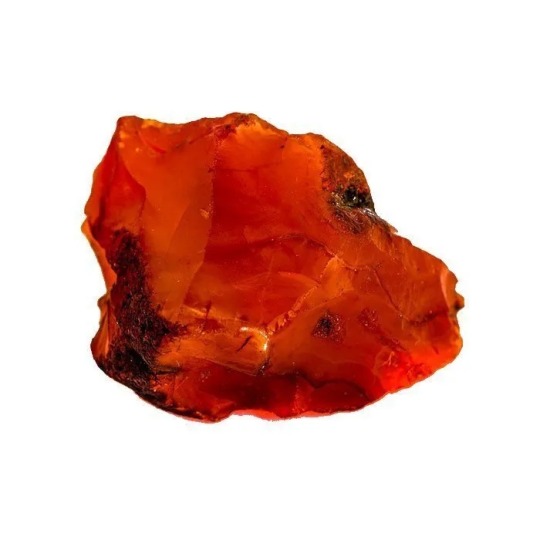
#egyptian mythology#kemetic paganism#kemetic#kemetism#ancient egypt#ancient kemet#carnelian#protection#protection crystals#ra#re#sakhmet#sekhmet#wepset#bes#egyptian gods#tyet#knot of isis
5 notes
·
View notes
Text


Rock crystal ring with sphinx, Egypt, IX-XX Dynasty, 1295-1069 BC
from Phoenix Ancient Art
2K notes
·
View notes
Text
ִ ࣪𖤐Ideas for waiting room part 4ִ ࣪𖤐
This is going to be the last part so i hope you all like it. After this i am going to post about something else.
So here is the last list:
1. Polynesian Tiki Lounge:
the room as a Polynesian tiki lounge with bamboo furniture, tiki torches, and tropical island vibes, providing a laid-back and exotic experience.

2. Nordic Ice Palace:
Recreate the majesty of a Nordic ice palace with crystal-like sculptures, ice-inspired decor, and the illusion of a frozen realm.

3. Enchanted Fairy Forest:
Recreate an enchanted fairy forest with whimsical foliage, glowing mushrooms, and hidden fairy doors, invoking a magical woodland setting.
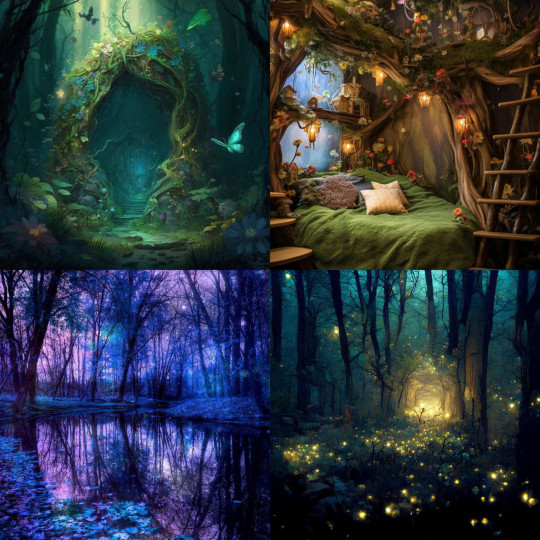
4. Moroccan Riad:
It's one of the most pretty places. You can make this kind of waiting room.

5. Egyptian Bazaar:
My most favourite place Egyptian Bazaar. I have always wondered what it looks going to ancient and old time bazaar in Egypt and since you have actual opportunity to make a waiting room there so why not?
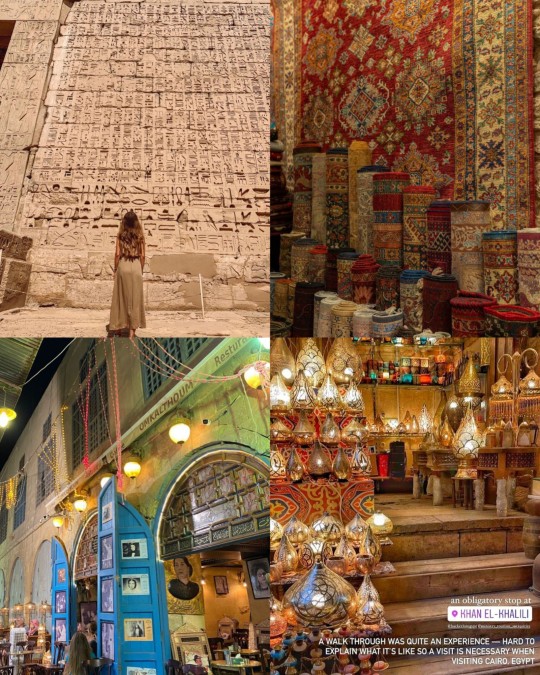
6. Bohemian Caravan:
Many people might not know this but this place is actually really colourful with different kind of fabric and it can give you new experience.

7. Wild West Saloon:
If you love cowboy and some Mystery movies then you you might love this place being the those vintage but retro cowboy type of place
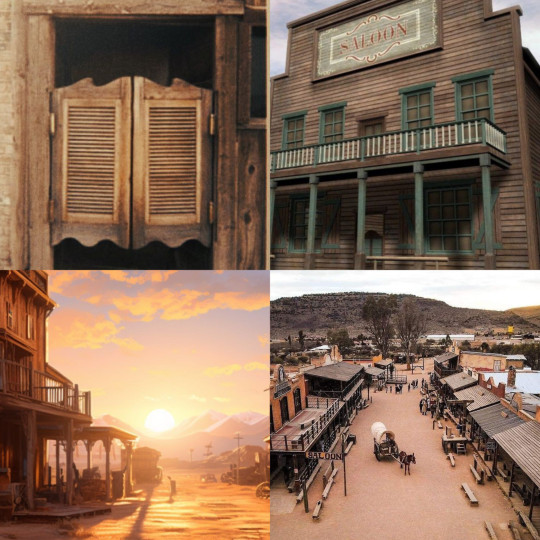
Here the list is over so if you want more or if you have any requests please comment it or message me.
⊹ ࣪ ─── ⋆⋅☆⋅⋆ ── ๋࣭ ⭑
PART 1𓂃 ࣪˖ ִֶָ𐀔
PART 2𓂃 ࣪˖ ִֶָ𐀔
PART 3𓂃 ࣪˖ ִֶָ𐀔.
━━━━⊱⋆⊰━━━━
ཐིཋྀ𓂃 ࣪˖ ִֶָ The book for detailed about shifting realities 𐦍༘⋆
(\ (\
(˶ᵔ ᵔ˶ )
─ꐑ─ꐑ────────────── 🍓

#reality shifting#waiting room#desire reality#current reality#manifestation#shifting realities#void success#affirmations#void state#shifting#shifting community#shifting consciousness#shifting motivation#DR#WR#CR#OR#scripting#shifting script#shifting scenarios
167 notes
·
View notes
Text
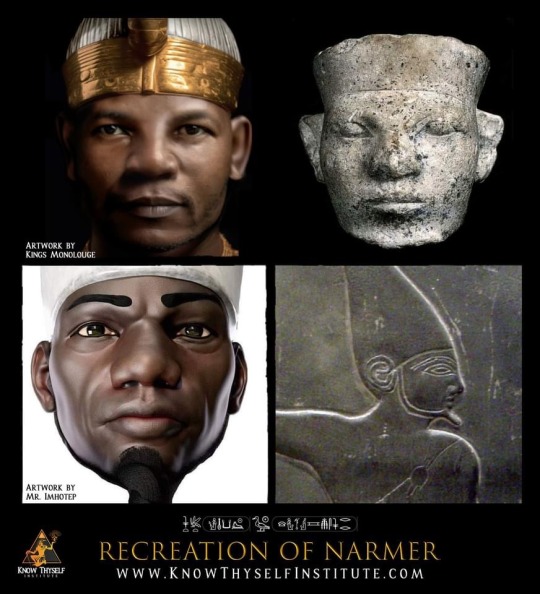
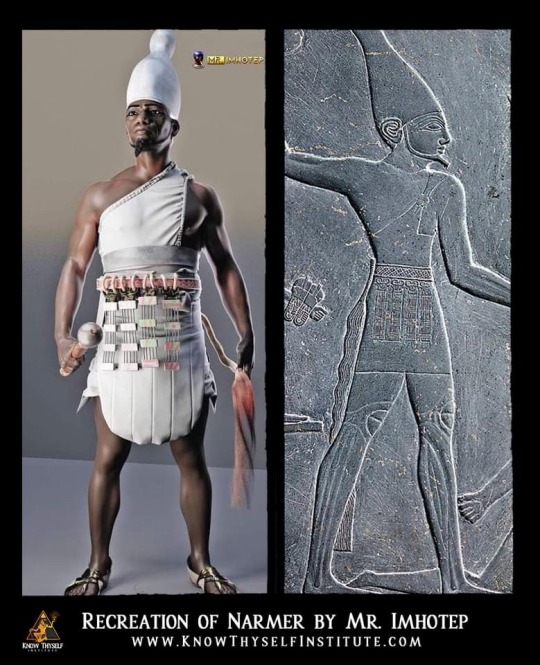


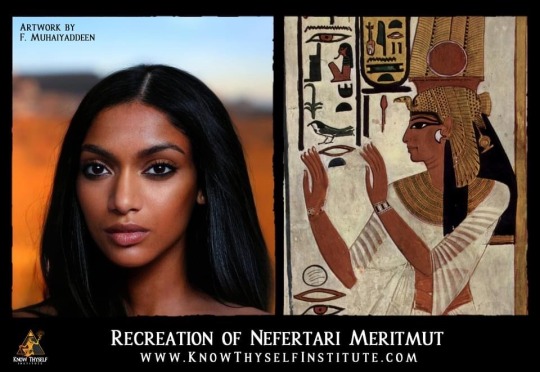

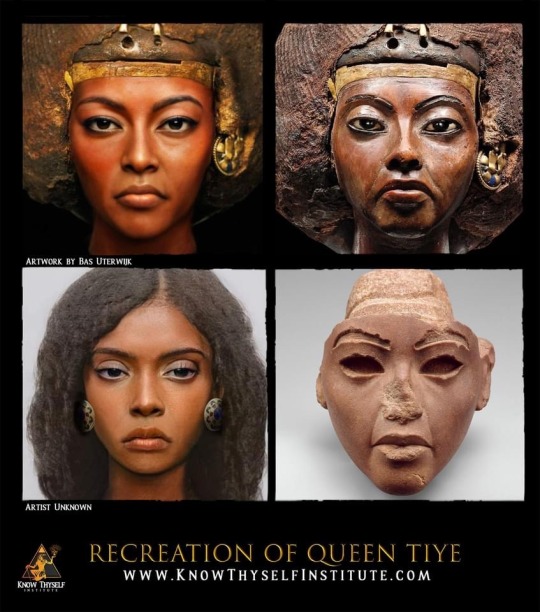


ORIGINS OF HAPI (NILE) VALLEY CIVILIZATION
The progenitors of the Nile Valley civilization were Nilo-Saharan peoples who migrated to the Hapi (Nile) Valley from the Green Sahara, Nubia and Northeast Africa. The cattle cults of Het-Heru (Hathor), spiritual beliefs, iconography and cultural motifs associated with the old Kingdom can be traced to these regions prior to the unification of the two lands. The science of mummification began in Libya with the 5600 year old Tashwinat Mummy, known as the “Black Mummy of the Green Sahara''. The Black Mummy predates the oldest Kemetic mummy by over 1000 years. Astronomy and the study of the procession of the equinox began in South Africa at the site of the Adams Calendar Stone Circle and continued at the Napta Playa Stone circle located in modern day Sudan. This 7000 year old ceremonial center dried out around 3400 BC and they transferred their knowledge into the Nile Valley. The earliest images of Pharaonic Kingship were found in Nubia at the site of Qustul were the oldest depiction of Pharaonic Kingship is shown on the Qustul incense Burner. The original populations of the Nile Valley were no different than modern Sudanese, Ethiopian, Eritrean and Somali populations of today with a mixture of western Eurasians via the Levant whom for the most part settled in the Delta region. The cultural overlap of Kush and Kemet existed from the very dawn of Hapi Valley civilization and the cultural fusion was expressed in the customs and spiritual beliefs of its early inhabitants. These ancient traditions are continually practiced in Africa to this day.
Below are the results from a genome project conducted by Dr. Shomarka Keita, a Research Affiliate and Biological Anthropologist in the Department of Anthropology at the Smithsonian Institution and Dr. A. J. Boyce, who works at the Institute of Biological Anthropology and St. John's College
Oxford University.
PROJECT MUSE
Genetics, Egypt, and History: Interpreting Geographical Patterns of Y Chromosome Variation
IV, XI, V=Nilotic African
VII, VIII=Near Eastern
235 S.O.Y. Keita and A. J. Boyce
Early speakers of Nilosaharan and Afroasiatic apparently interacted based on the evidence of loan words (Ehret, personal communication). Nilosaharan’s current range is roughly congruent with the so-called Saharo-Sudanese or Aqualithic culture associated with the less arid period (Wendorf and Schild 1980), and therefore cannot be seen as intrusive. Its speakers are found from the Nile to the Niger rivers in the Sahara and Sahel, and south into Kenya. The eastern Sahara was likely a micro-evolutionary processor and pump of populations, who may have developed various specific sociocultural (and linguistic) identities, but were genealogically “mixed” in terms of origins.
These identities may have further crystallized on the Nile, or fused with those of resident populations that were already differentiated. The genetic profile of the Nile Valley via the fusion of the Saharans and the indigenous peoples were likely established in the main, long before the Middle Kingdom. Post-neolithic/predynastic population growth, as based on extrapolations from settlement patterns (Butzer 1976) would have led to relative genetic stability. The population of Egypt at the end of the pre-dynastic is estimated to have been greater than 800,000, but was not evenly distributed along the valley corridor, being most concentrated in locales of important settlements (Butzer 1976). Nubia, as noted, was less densely populated.
Interactions between Nubia and Egypt (and the Sahara as well) occurred in the period between 4000 and 3000 BCE (the predynastic). There is evidence for sharing of some cultural traits between Sudan and Egypt in the neolithic (Kroeper 1996). Some items of “material” culture were also shared in the phase called Naqada I between the Nubian A-Group and upper Egypt (~3900-3650 BCE). There is good evidence for a zone of cultural overlap versus an absolute boundary (Wilkinson 1999 after Hoffman 1982, and citing evidence from Needler 1984 and Adams 1996). Hoffman (1982) noted cattle burials in Hierakonpolis, the most important of predynastic upper Egyptian cities in the later predynastic. This custom might reflect Nubian cultural impact, a common cultural background, or the presence of Nubians.
Whatever the case, there was some cultural and economic bases for all levels of social intercourse, as well as geographical proximity. There was some shared iconography in the kingdoms that emerged in Nubia and upper Egypt around 3300 BCE (Williams 1986). Although disputed, there is evidence that Nubia may have even militarily engaged upper Egypt before Dynasty I, and contributed leadership in the unification of Egypt (Williams 1986). The point of reviewing these data is to illustrate that the evidence suggests a basis for social interaction, and gene exchange.
236 S.O.Y. Keita and A. J. Boyce
There is a caveat for lower Egypt. If neolithic/predynastic northern Egyptian populations were characterized at one time by higher frequencies of VII and VIII (from Near Eastern migration), then immigration from Saharan sources could have brought more V and XI (Nilo-Saharan) in the later northern neolithic. It should further be noted that the ancient Egyptians interpreted their unifying king, Narmer (either the last of Dynasty 0, or the first of Dynasty I), as having been upper Egyptian and moving from south to north with victorious armies (Gardiner 1961, Wilkinson 1999). However, this may only be the heraldic “fixation” of an achieved politi- cal and cultural status quo (Hassan 1988), with little or no actual troup/population movements. Nevertheless, it is upper Egyptian (predy- nastic) culture that comes to dominate the country and emerges as the basis of dynastic civilization. Northern graves over the latter part of the predynastic do become like those in the south (see Bard 1994); some migration to the north may have occurred—of people as well as ideas.
238-239 S.O.Y. Keita and A. J. Boyce
After the early late pleistocene/holocene establishment of Afroasiatic-speaking populations in the Nile valley and Sahara, who can be inferred to have been predominantly, but not only V (and XI), and of Nilosaharan folk in Nubia, Sudan, and Sahara (mainly XI and IV?), mid- holocene climatic-driven migrations led to a major settlement of the valley in upper Egypt and Nubia, but less so in lower Egypt, by diverse Saharans having haplotypes IV, XI, and V in proportions that would significantly influence the Nile valley-dwelling populations.
These mid-Holocene Saharans are postulated to have been part of a process that led to a diverse but connected metapopulation. These peoples fused with the indigenous valley peoples, as did Near Easterners with VII and VIII, but perhaps also some V. With population growth the genetic profiles would become stabilized. Nubian and upper Egyptian proximity and on some level, shared culture, Nubia’s possible participation in Egyptian state-building, and later partial political absorption in Dynasty I, would have reinforced biological overlap (and been further “stabilized” by ongoing population growth).
Source:
https://muse.jhu.edu/article/187884
HEAD to HEAD: Ancient Egypt Reconstructions COMPARED (Bas Uterwijk vs TKM): https://www.youtube.com/watch?v=E8iN6EFVTbQ&t=35s
Visit A Virtual Museum:
https://www.knowthyselfinstitute.com/museum
"I have not spoken angrily or arrogantly. I have not cursed anyone in thought, word or deeds." ~35th & 36th Principals of Ma'at
140 notes
·
View notes
Text
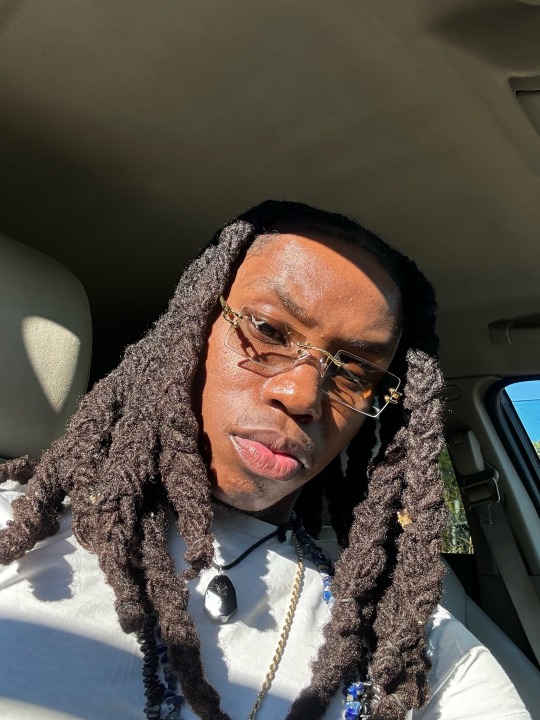

I got a way with the brows 😭😍
7/25/23
Post #5
#black men with locs#lips#eyes#Locs#crystal jewelry#black tourmaline#lapis lazuli#shungite#ancient egypt#Egyptian#too clean#too cool#clean skin
1 note
·
View note